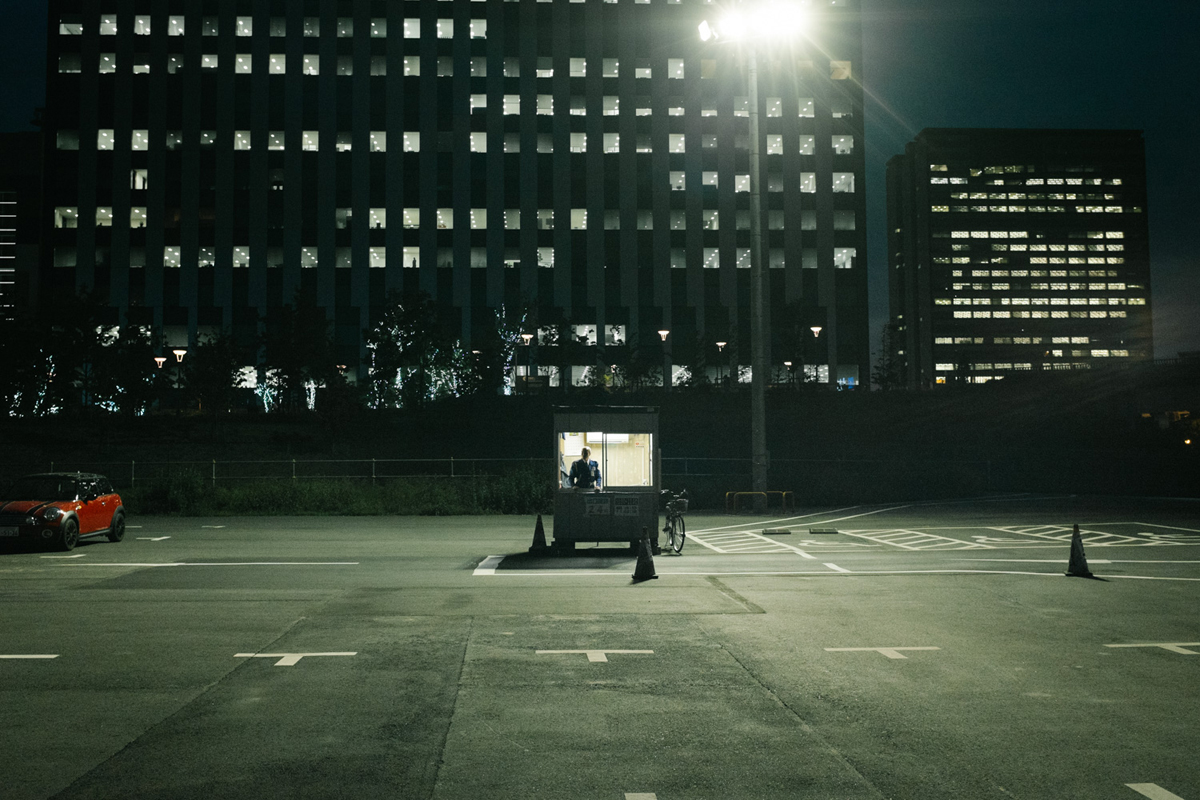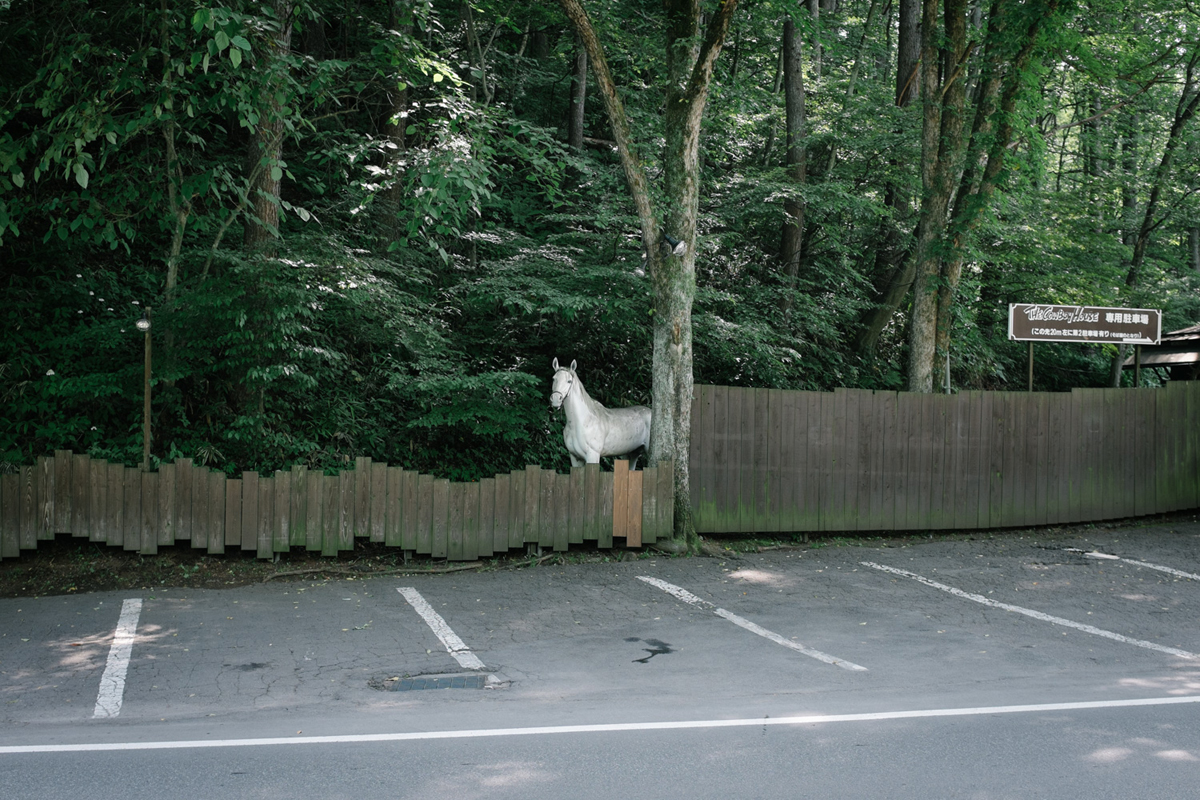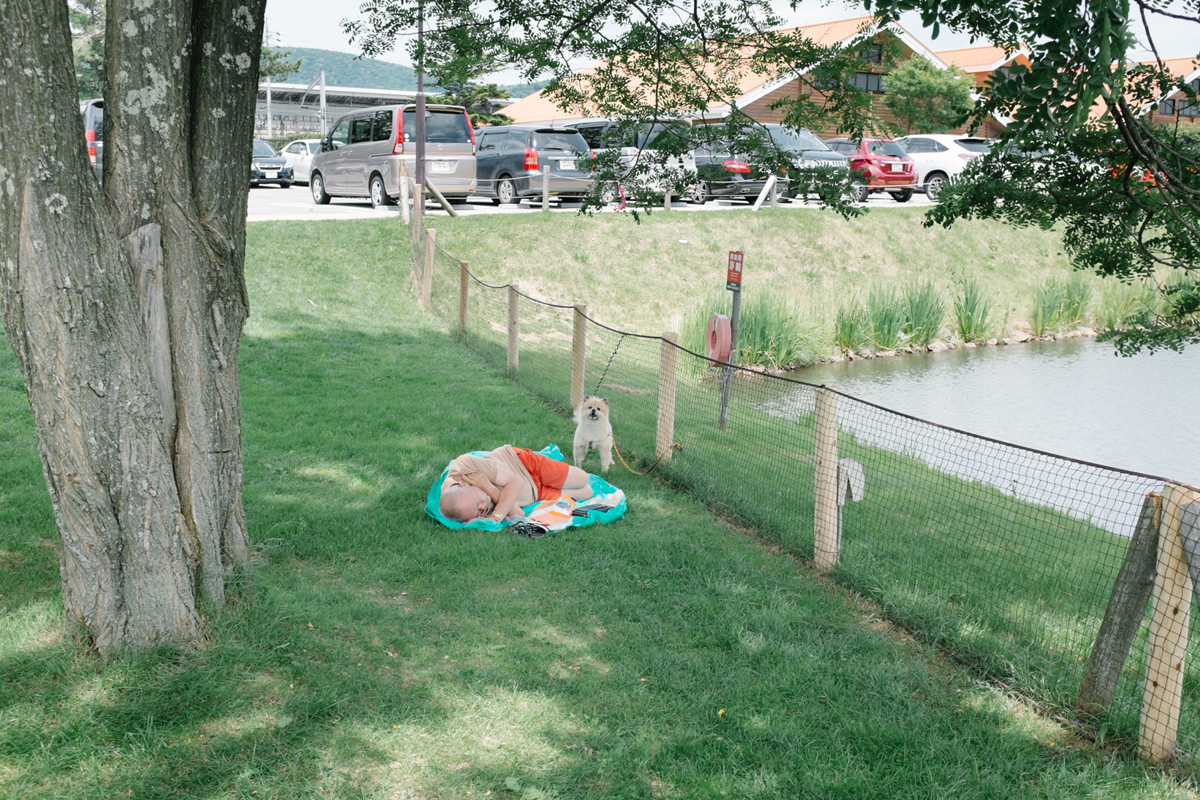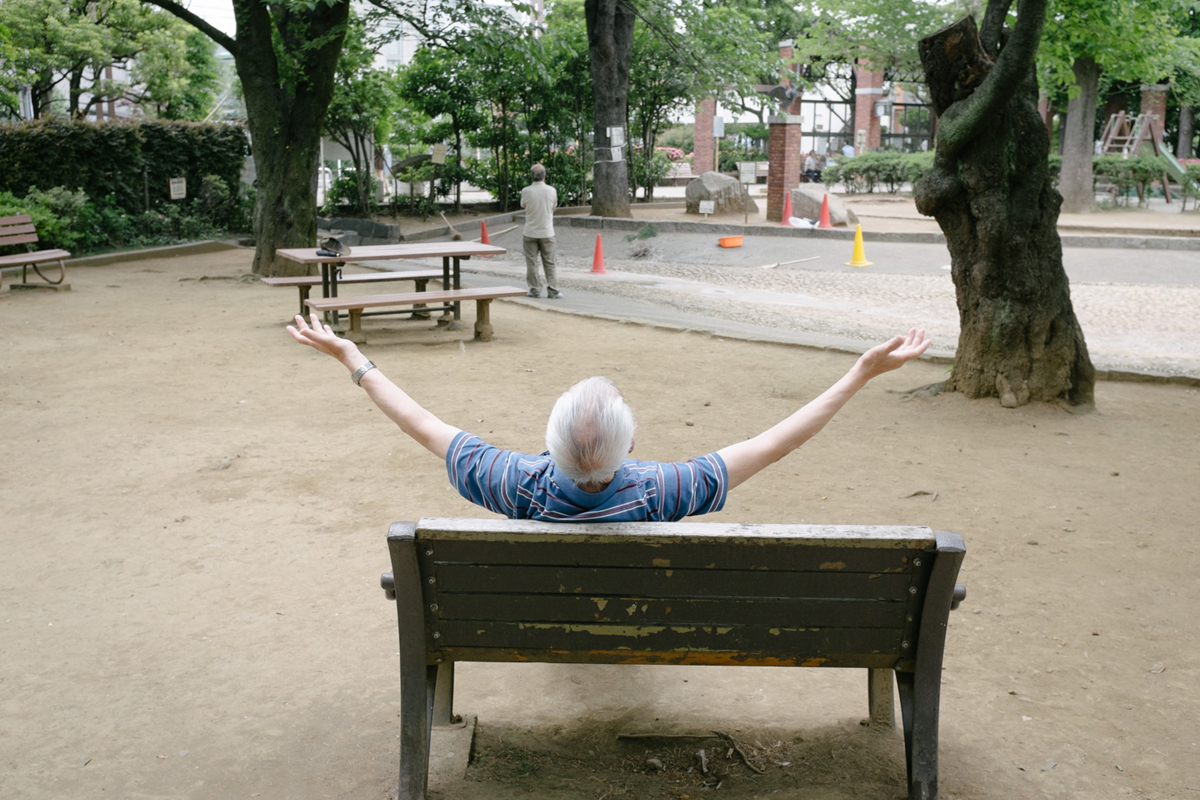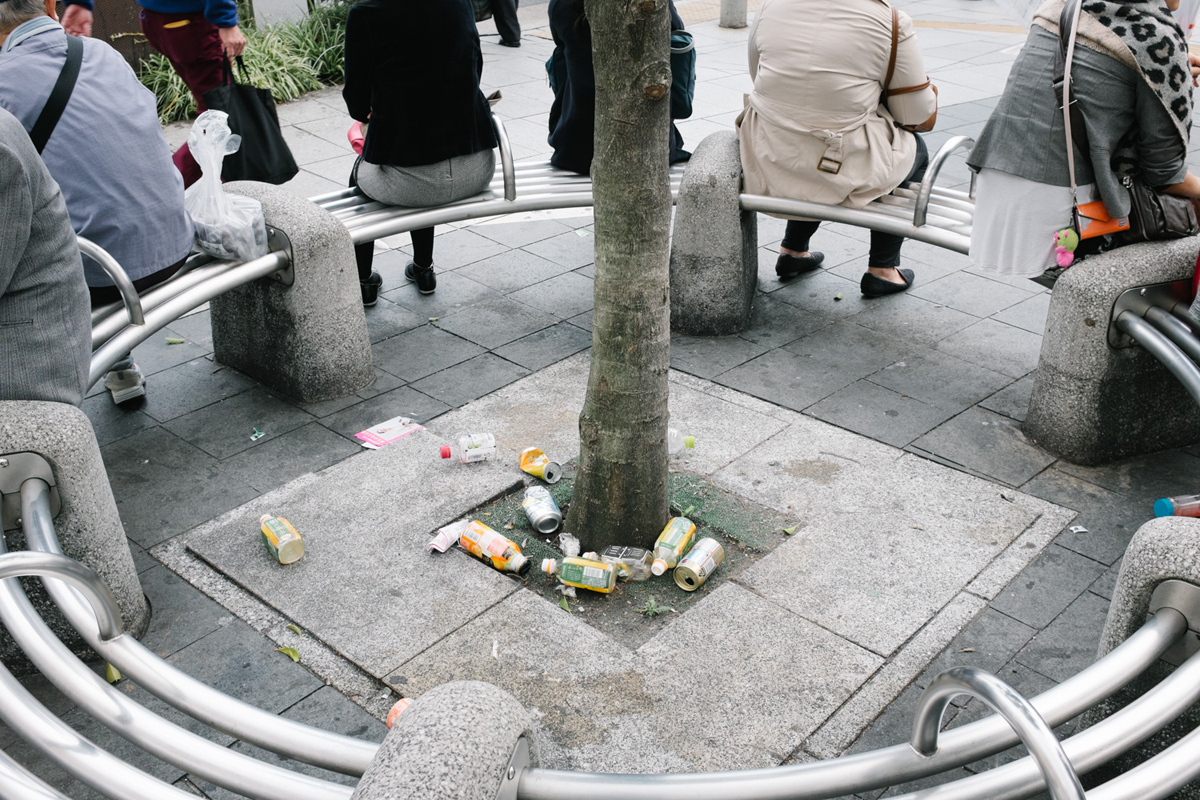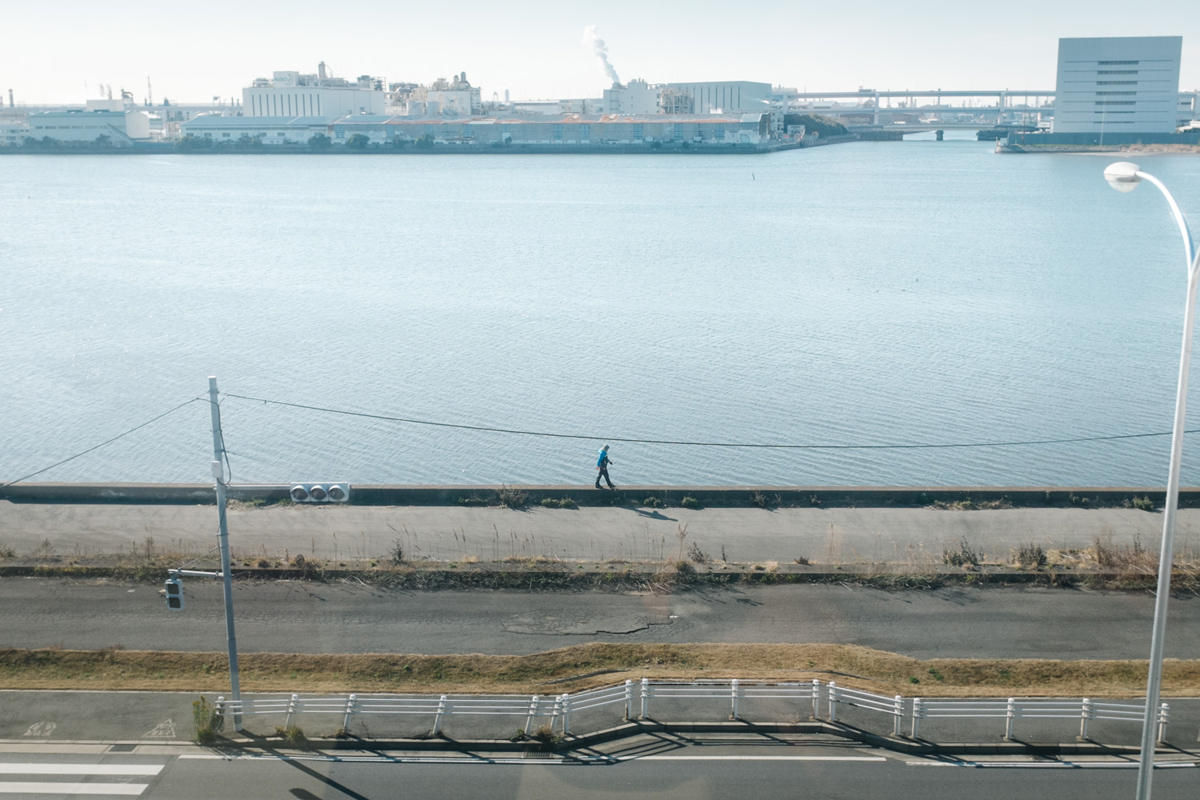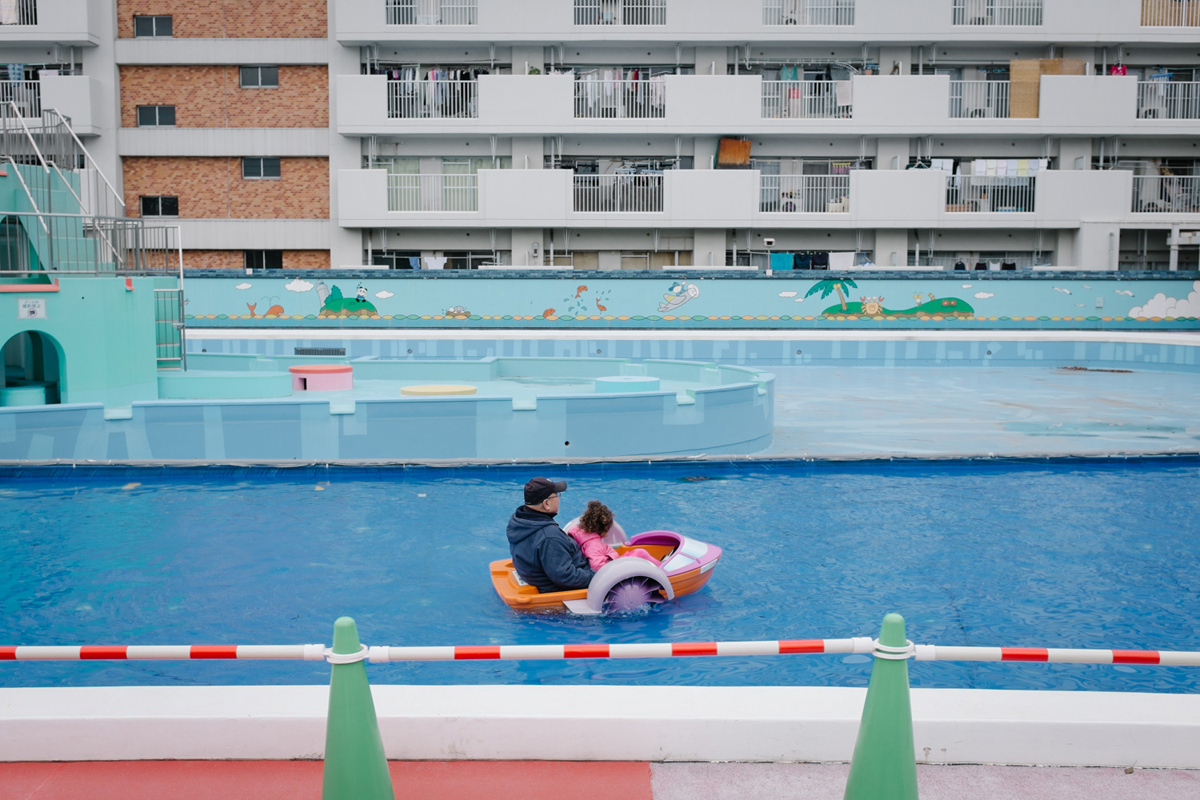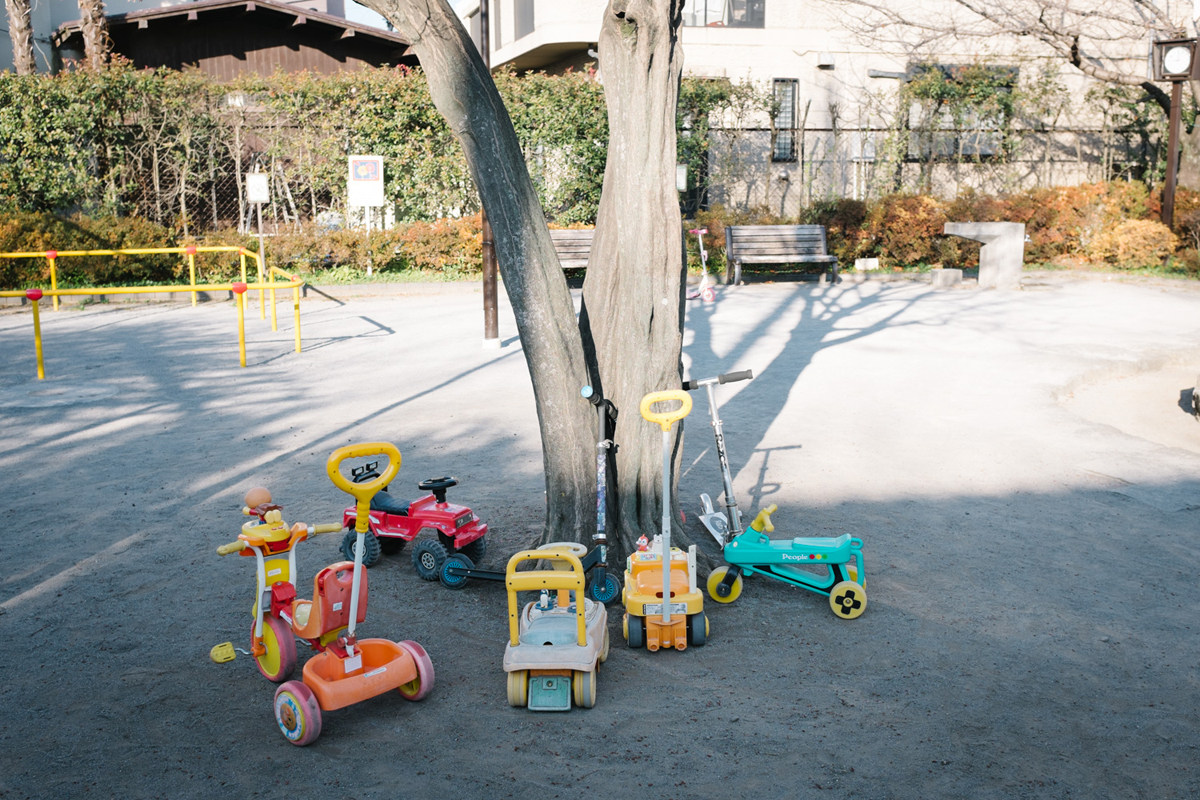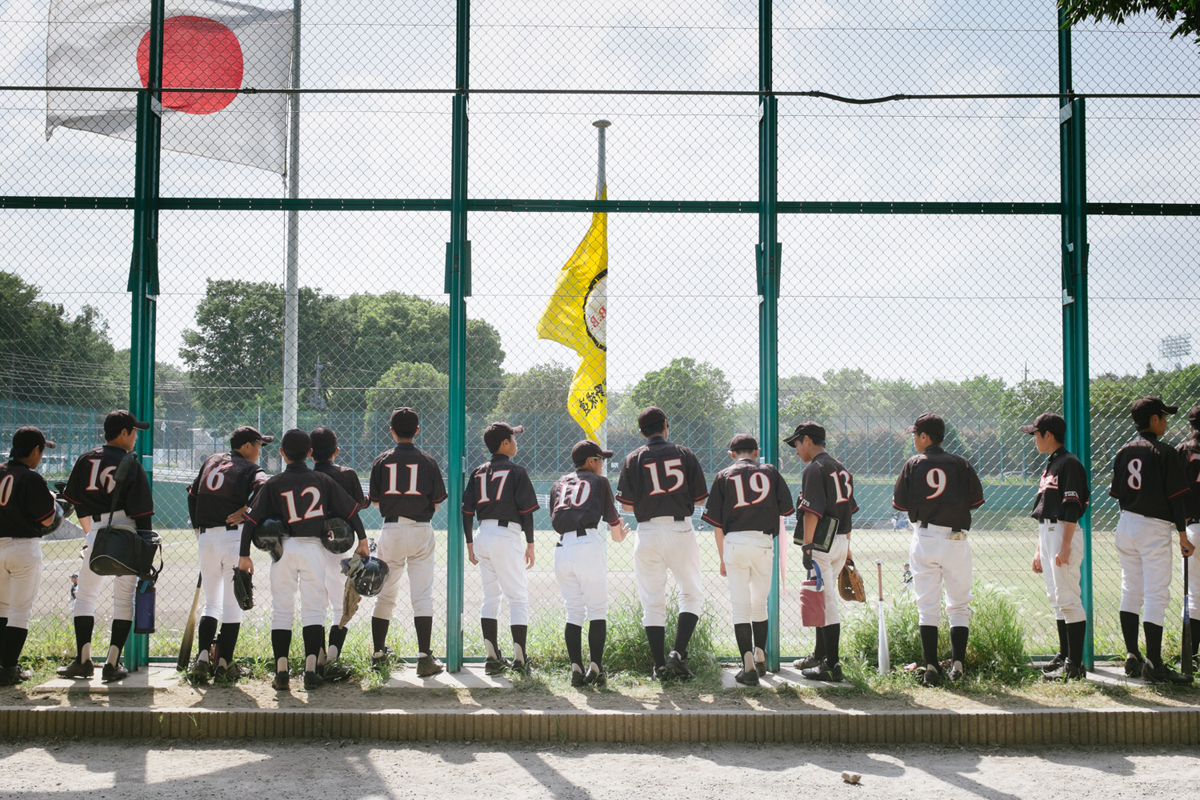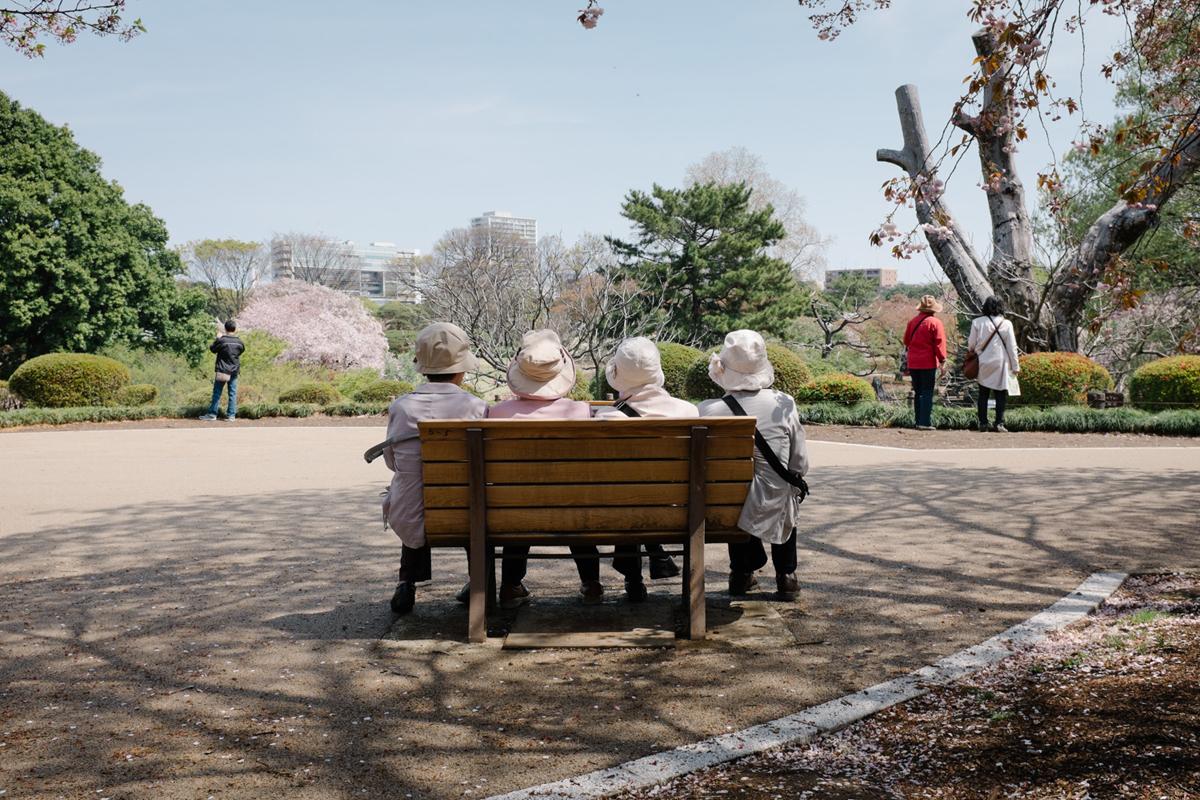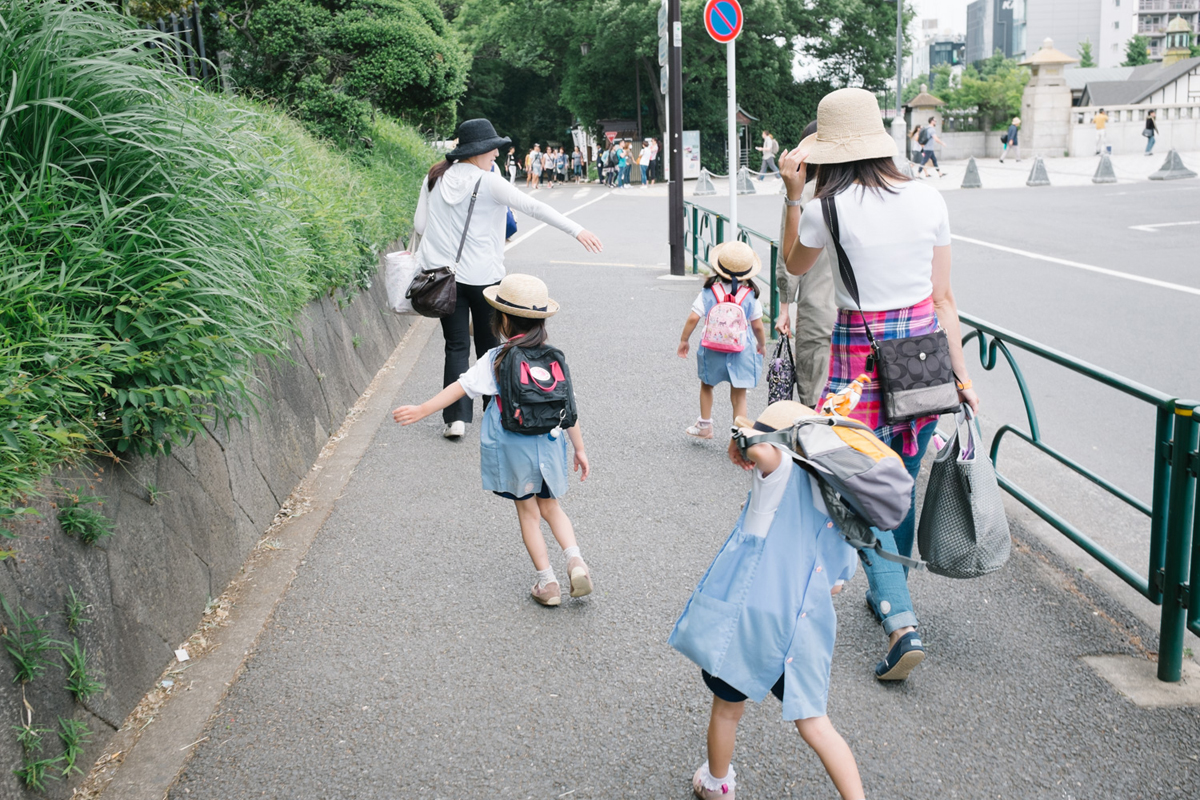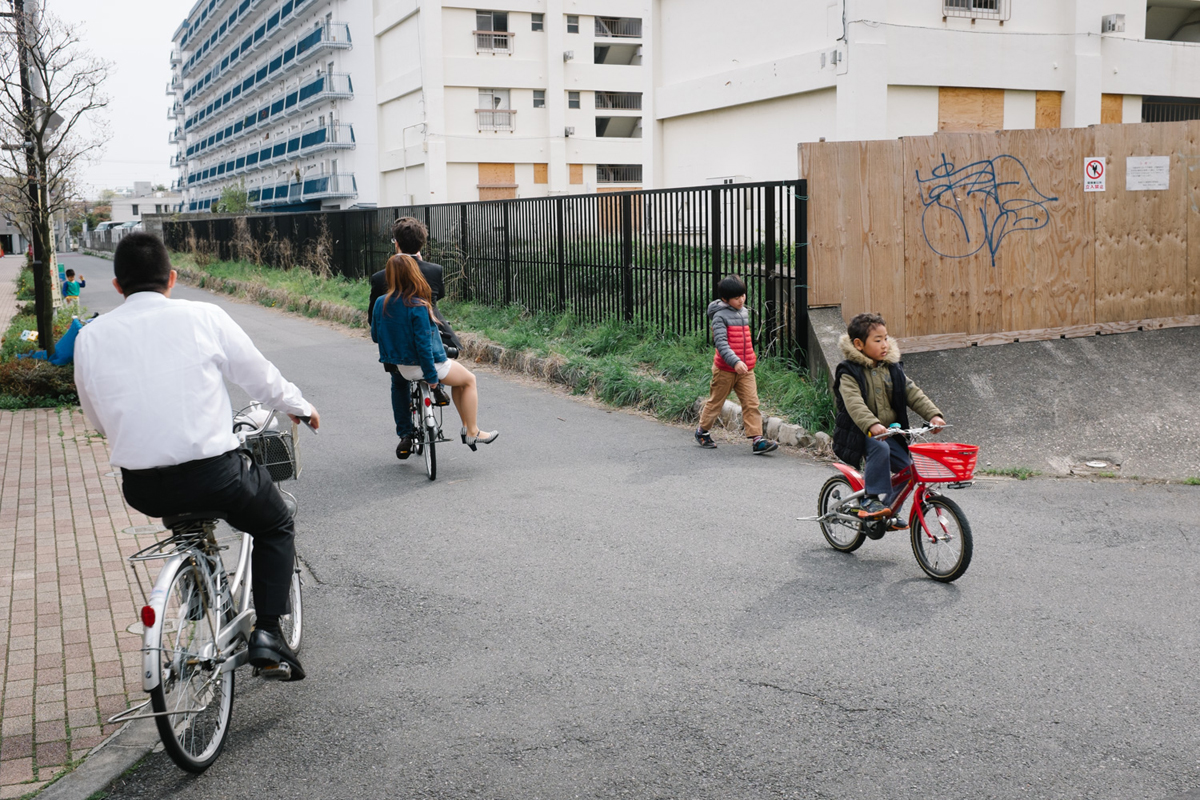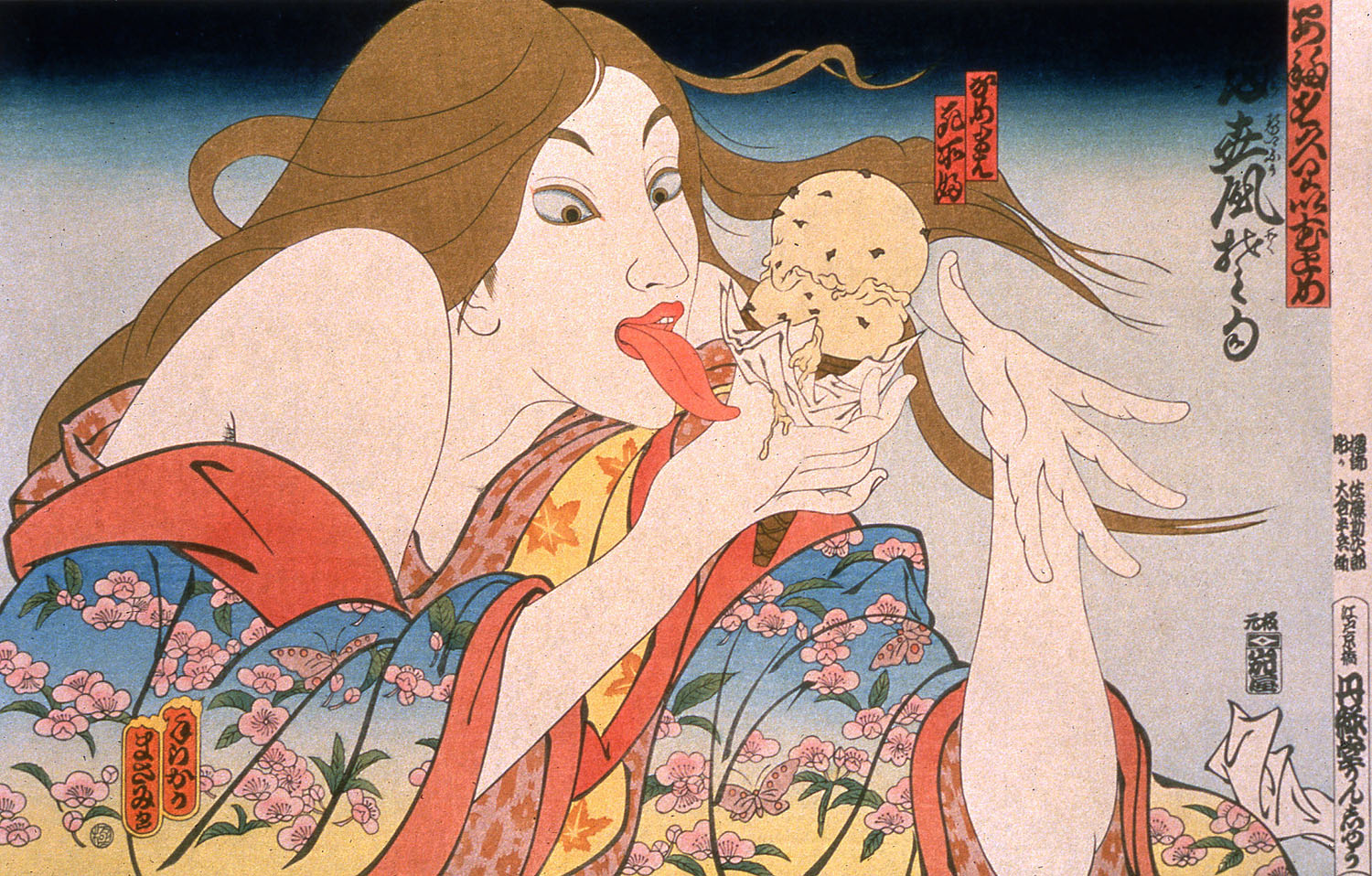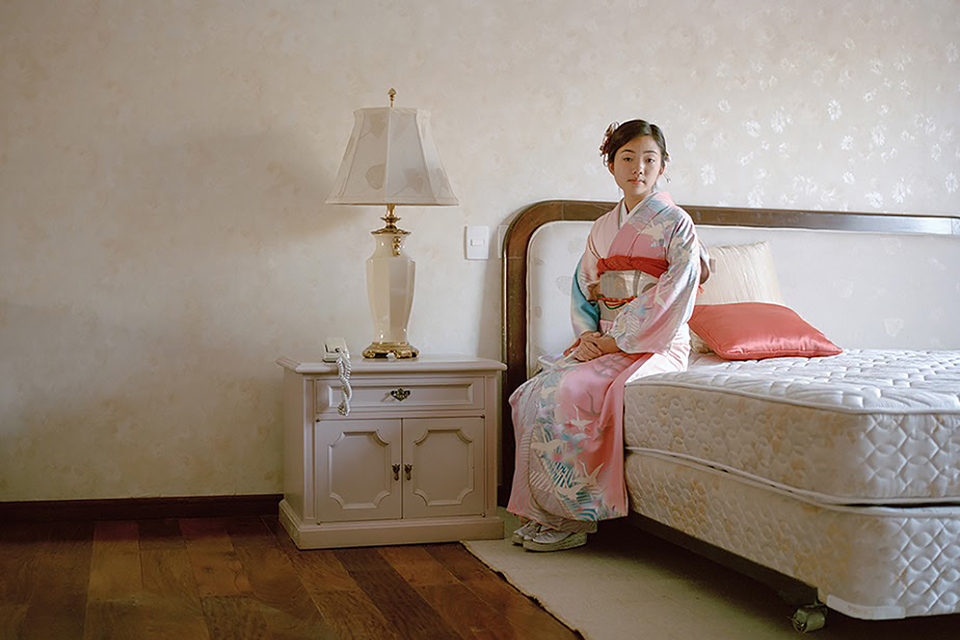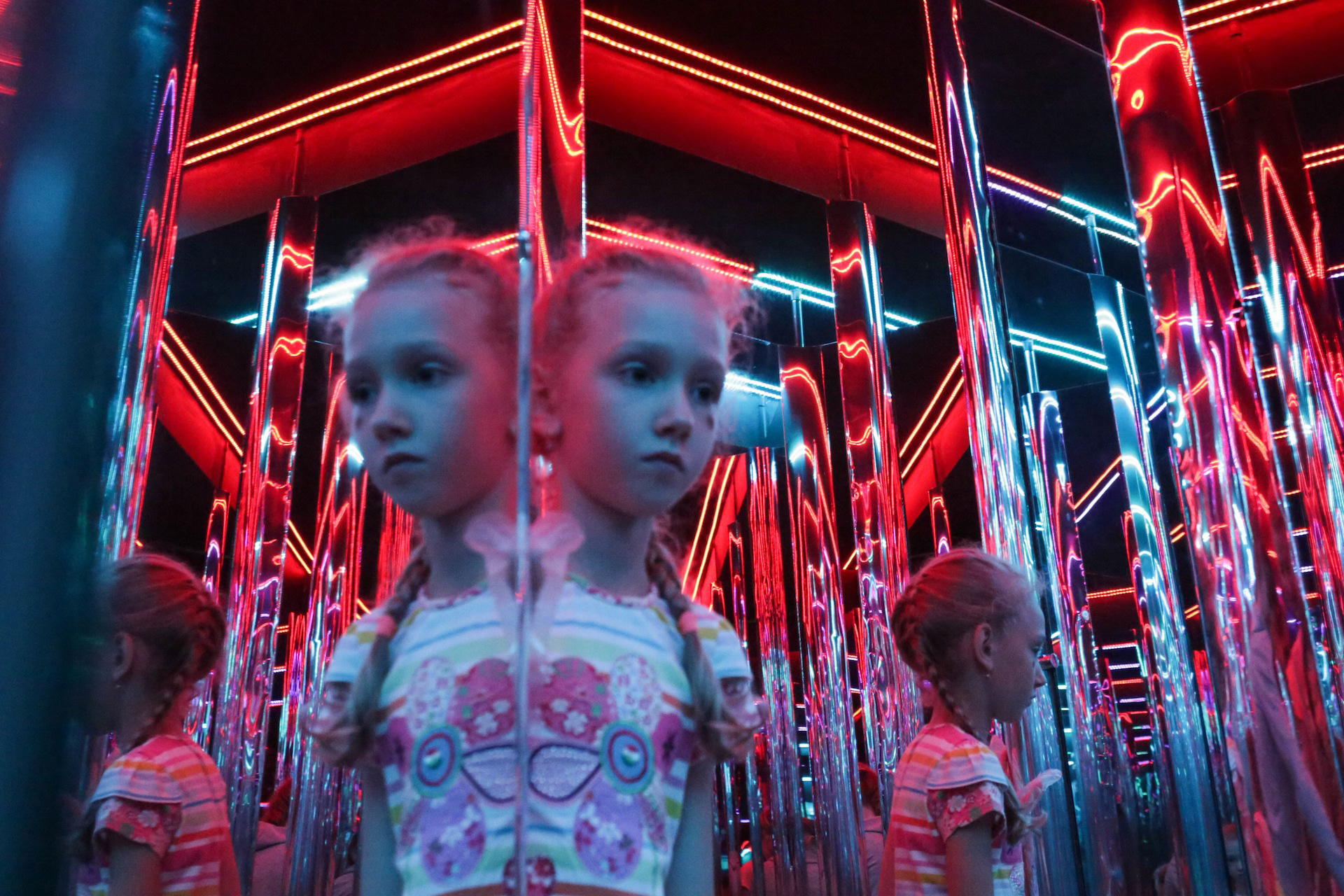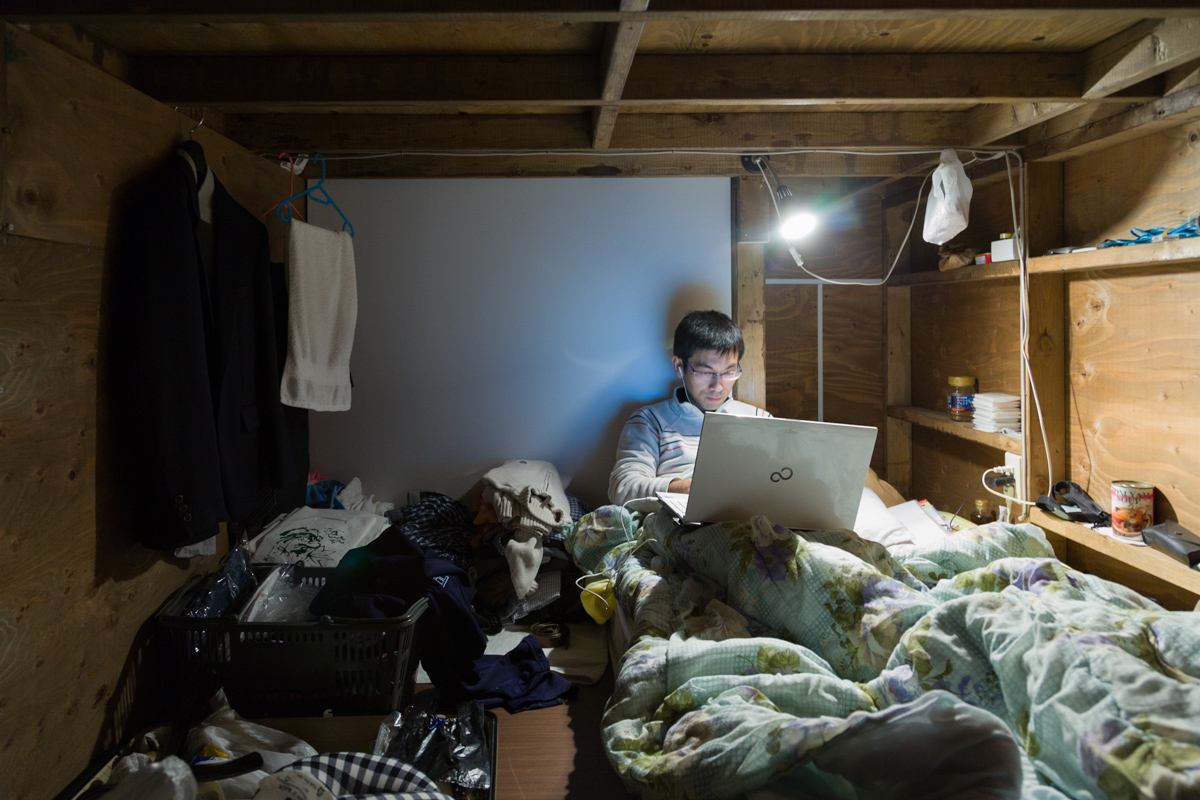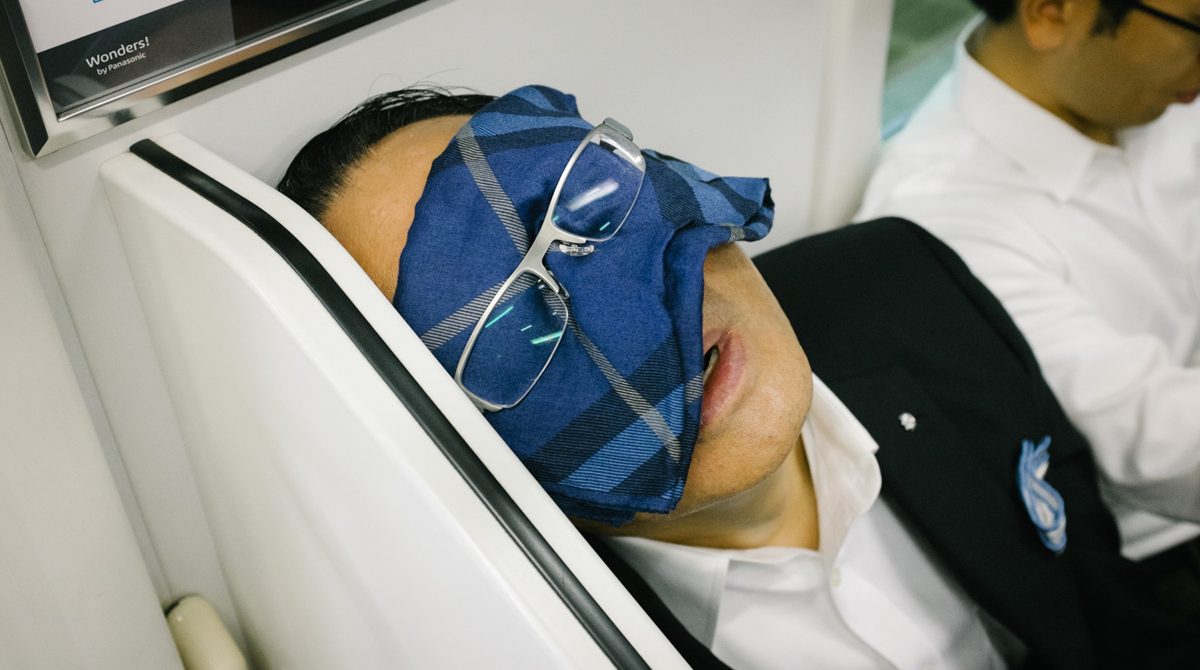
Living Ones, Born Ones, and Lost Ones in Tokyo

Born and raised in Kumamoto on the south of Japan, lives in Tokyo. Works as Project Manager of Engineering Systems. Takes photographs in free time (sometimes just once a month) with Fuji X100F. The finalist of Street Photography Festivals in Miami (2015) and Brussels (2016). Had publications in Creators Project by Vice, Sueddeutsche Zeitung, Juxtapoz Magazine, Fubiz Media, iGNANT, It’s Nice That, Lomography, and TABI LABO.
I like strolling in places like parks and riparian zones. They are located neither in central nor in suburban areas. And although they’re plain, there are always glimpses of the lives of the people living in the city, and it’s very attractive to me. In short, I like the locations where I can catch a glimpse of people’s lives. In Tokyo, these are Asakusa (the block with old Buddhist temples — Ed.), Ueno, and others places in the east Tokyo. Asakusa is a downtown area, it’s friendly for tourists from abroad. But I’m mainly walking back alleys, not main streets.
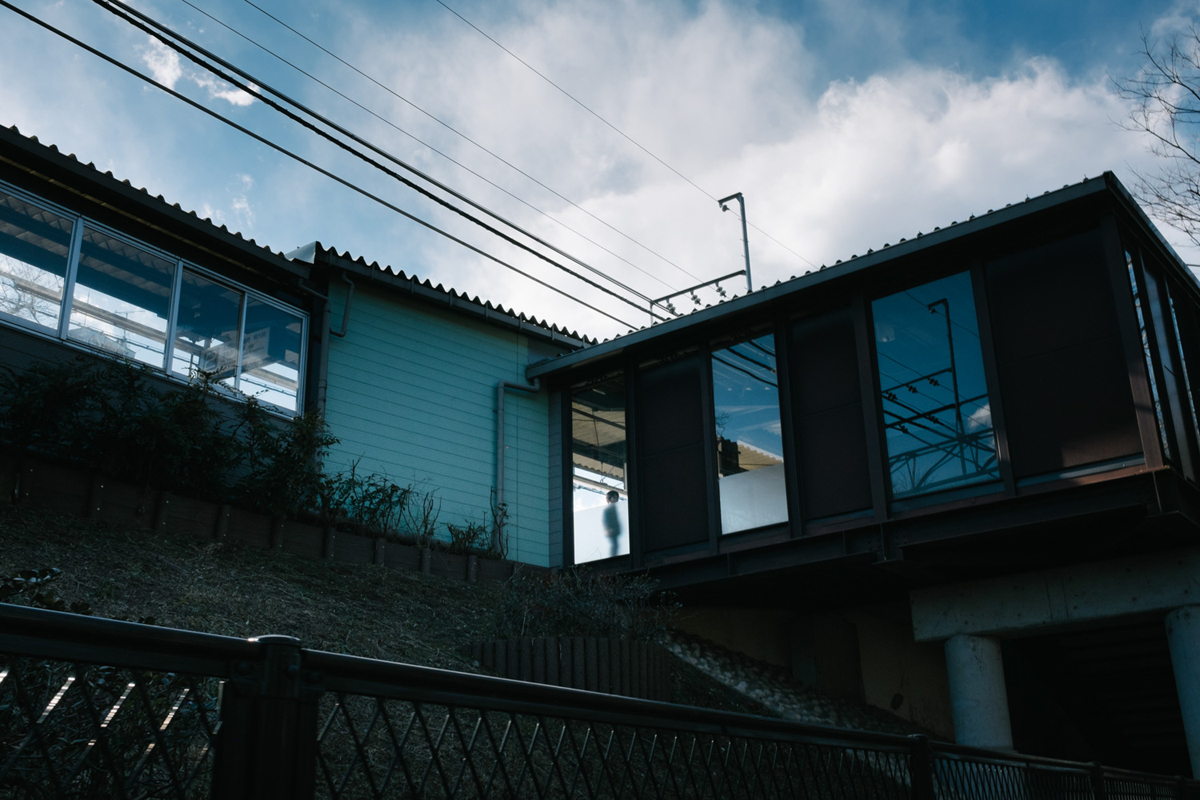
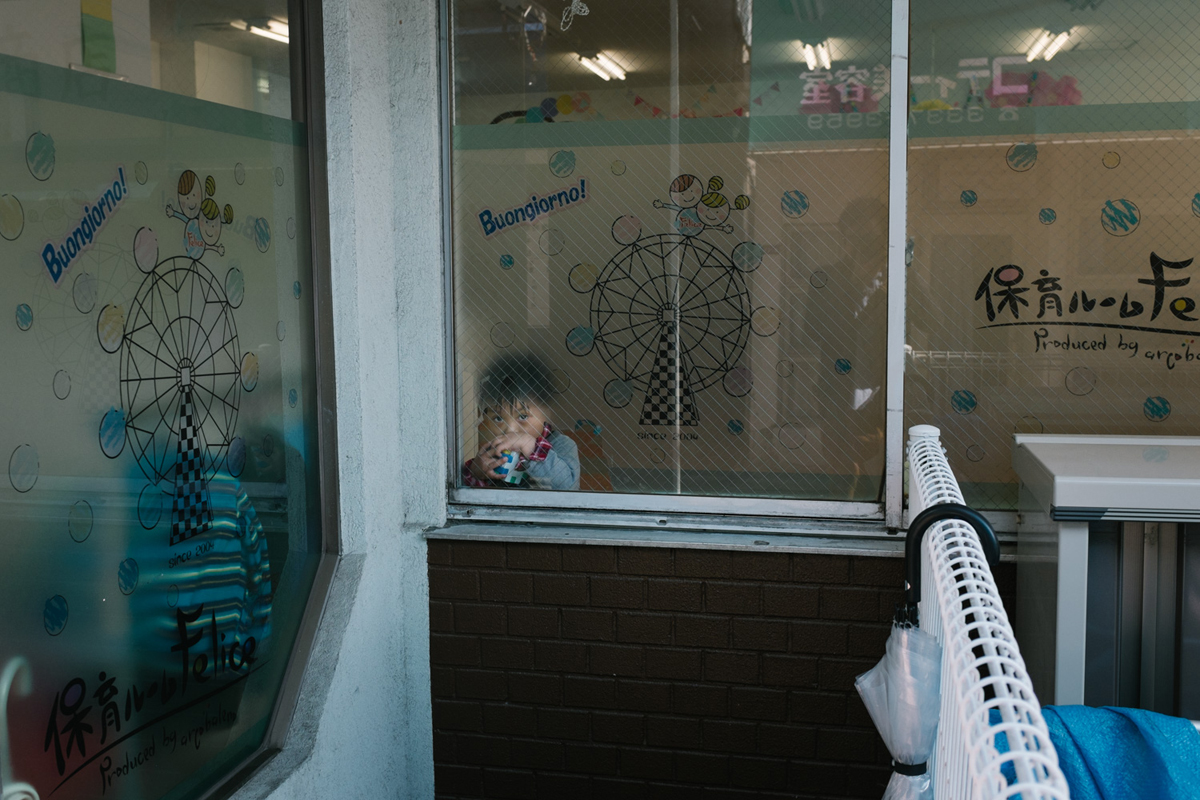
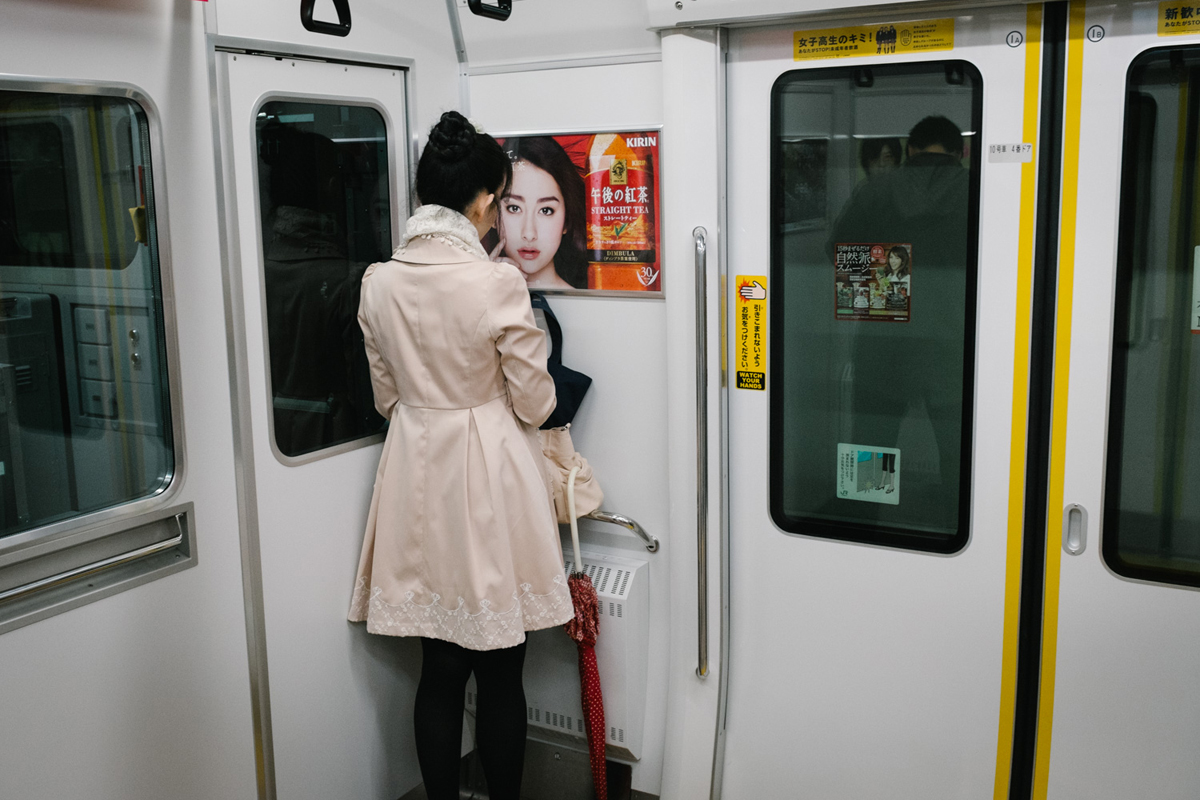
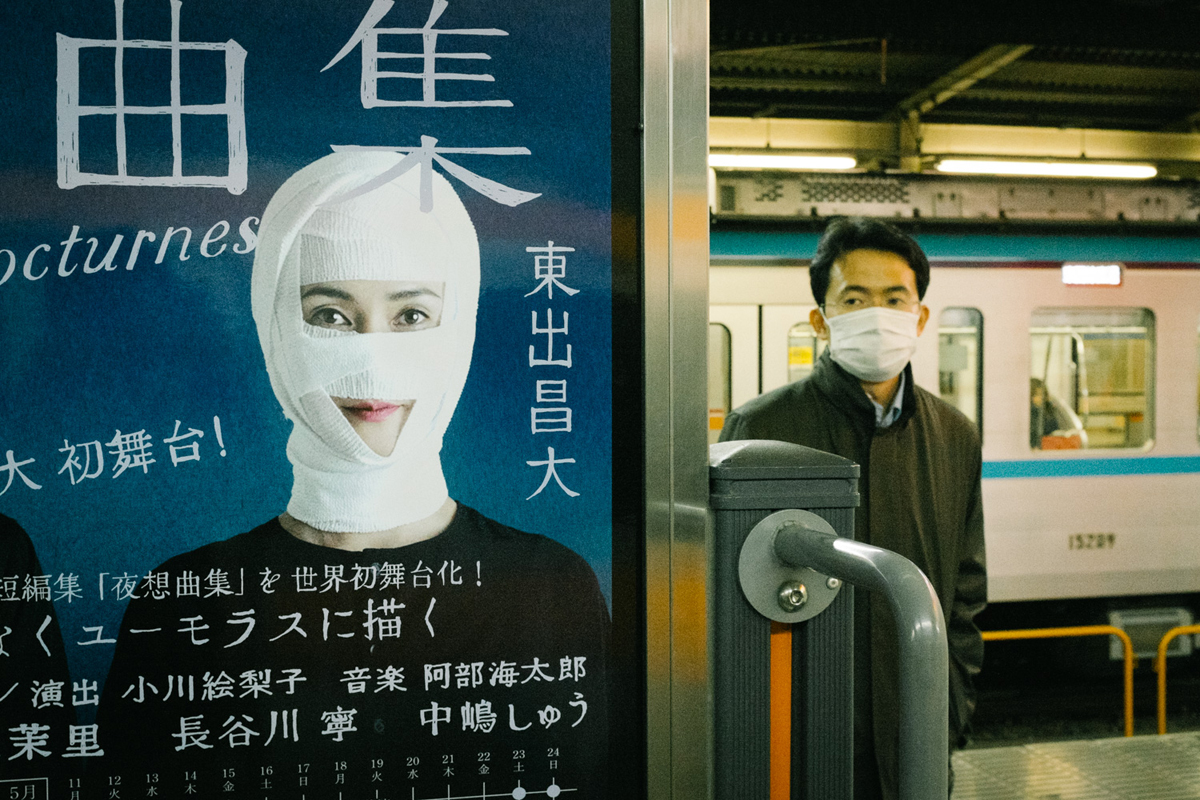
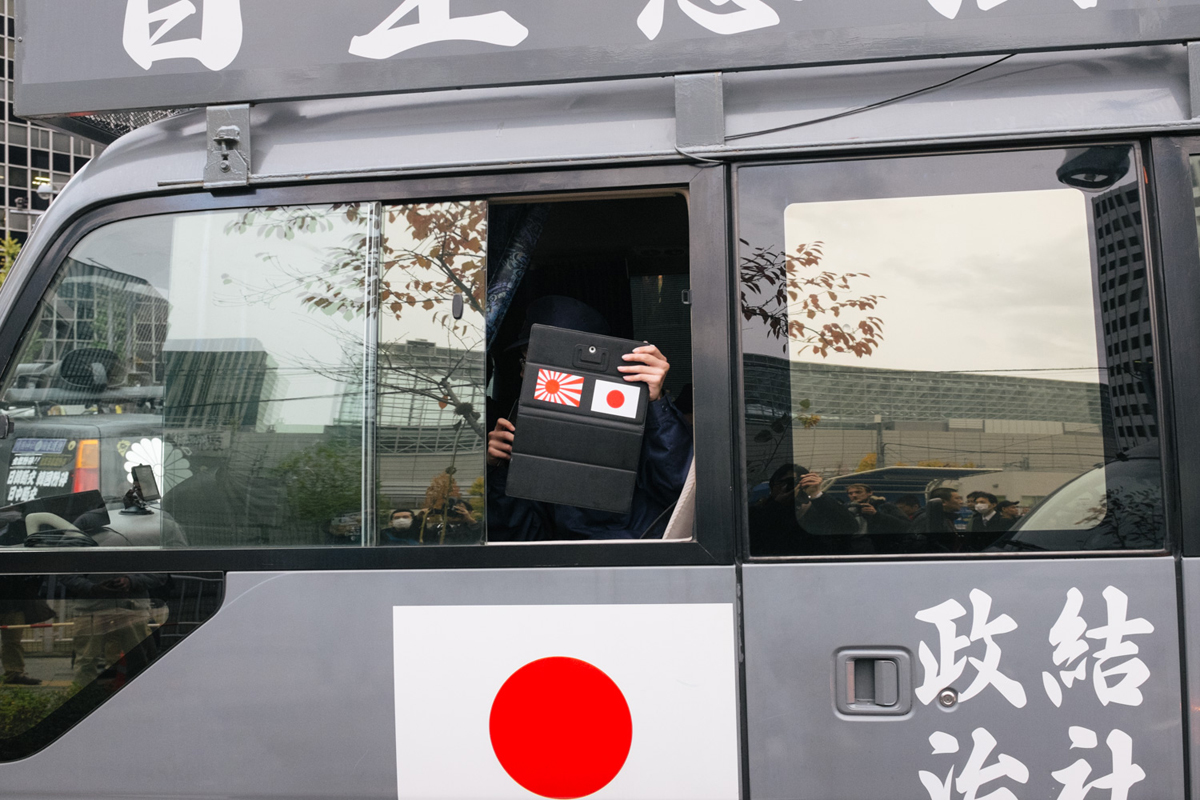
Tokyo is not all of Japan yet. But this metropolitan area has a huge population of about 1/4 of all Japanese citizens. In other words, Japan is rapidly becoming Tokyo.
This is probably my most famous photo. A man fell asleep on a crowded train. I don’t know why he had such a style: with a hanky on his face and glasses over it. I took a photo of him and tried push through the crowd to take some more. Other people around gave me looks.
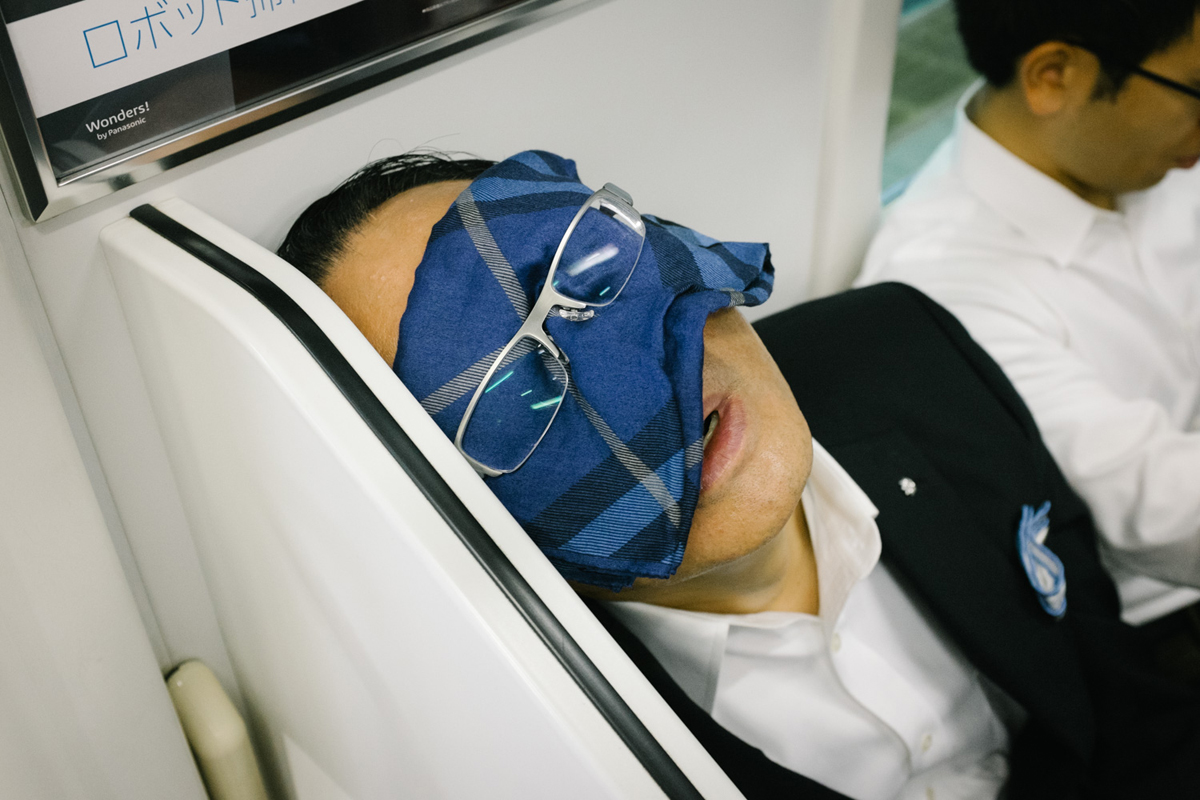
And this is my favorite photo. It was raining and it was very cold on that day. I sat on the last seat of the bus on my way home. A boy was sitting in front of me, he wrote something on the window very casually. The thing he wrote on the window was probably his own name; but it was not a Japanese name, it seems that it was Chinese or Korean. I noticed that and took a single photo. In the next moment, he suddenly wiped it away with his hand. It reminded me a lot of the song Love Letters In The Sand.
There was a story there, one that I didn’t know, but was very curious of. The person who wrote that name was probably a minority in Japan, and I’m not 100% sure of their circumstances in the country. But this little voice echoed strongly to me then.
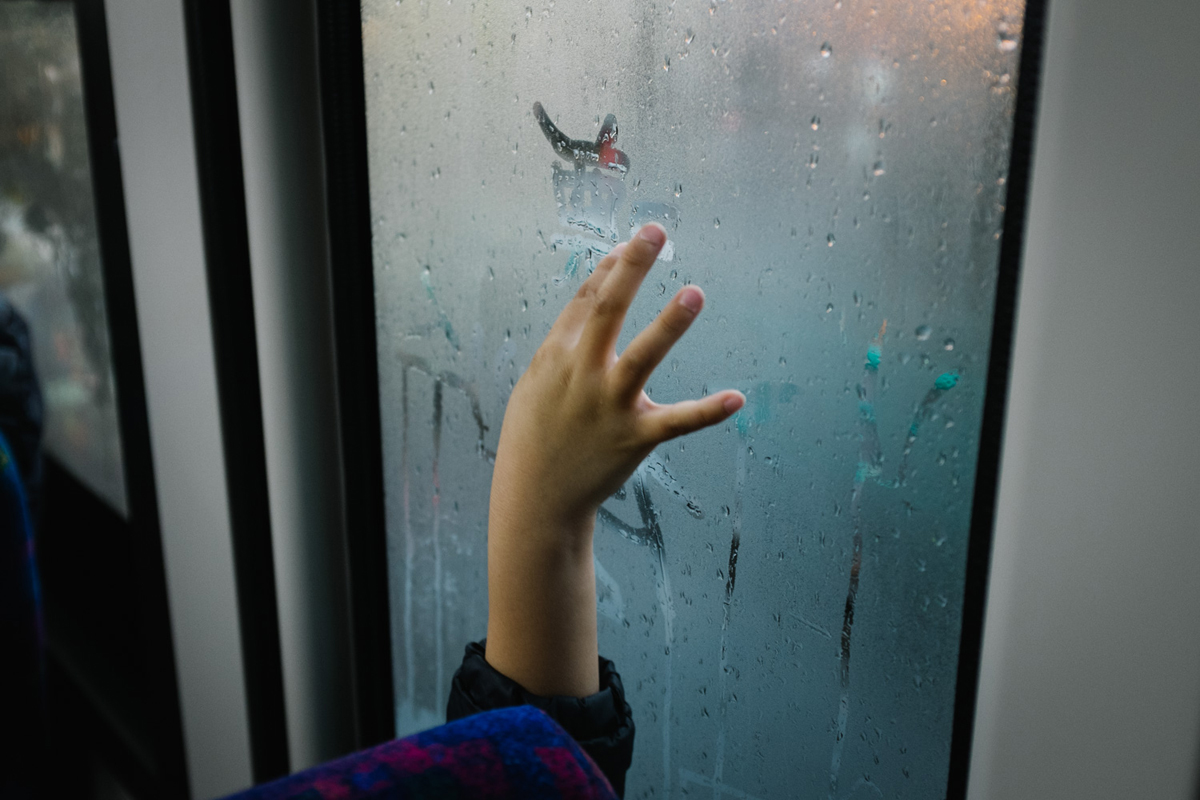
I feel happy to live in modern Tokyo. This city is culturally blessed and more secure than other cities. But many people are indifferent to others. I don’t think that the society where the connection between its members is weak can have a bright future. It seems like symptoms of some terminal illness. Can we change the present situation with photography? I think we’ll just have to wait and see how we lost this battle.
I have a strong interest in Russian novels and movies. They are very ingenious and advanced. In Russian literature I like Dostoevsky, Tolstoy, Chekhov, Bulgakov, and Mikhail Bakhtin. I think that many Japanese people are reading Dostoevsky. However, I feel that I was influenced more strongly by Russian and Soviet movies rather than novels. Ejzenstejn, Tarkovsky, Sergei Parajanov, Kanevsky, and Sokurov.
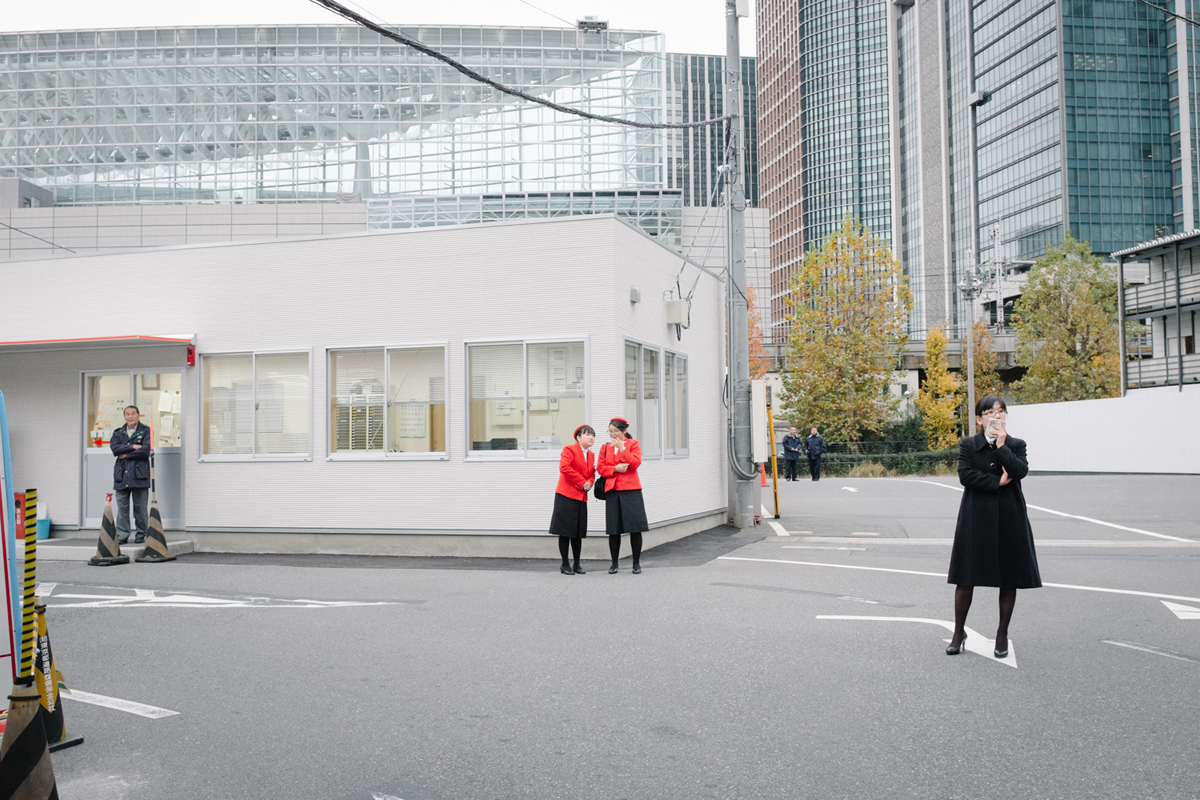
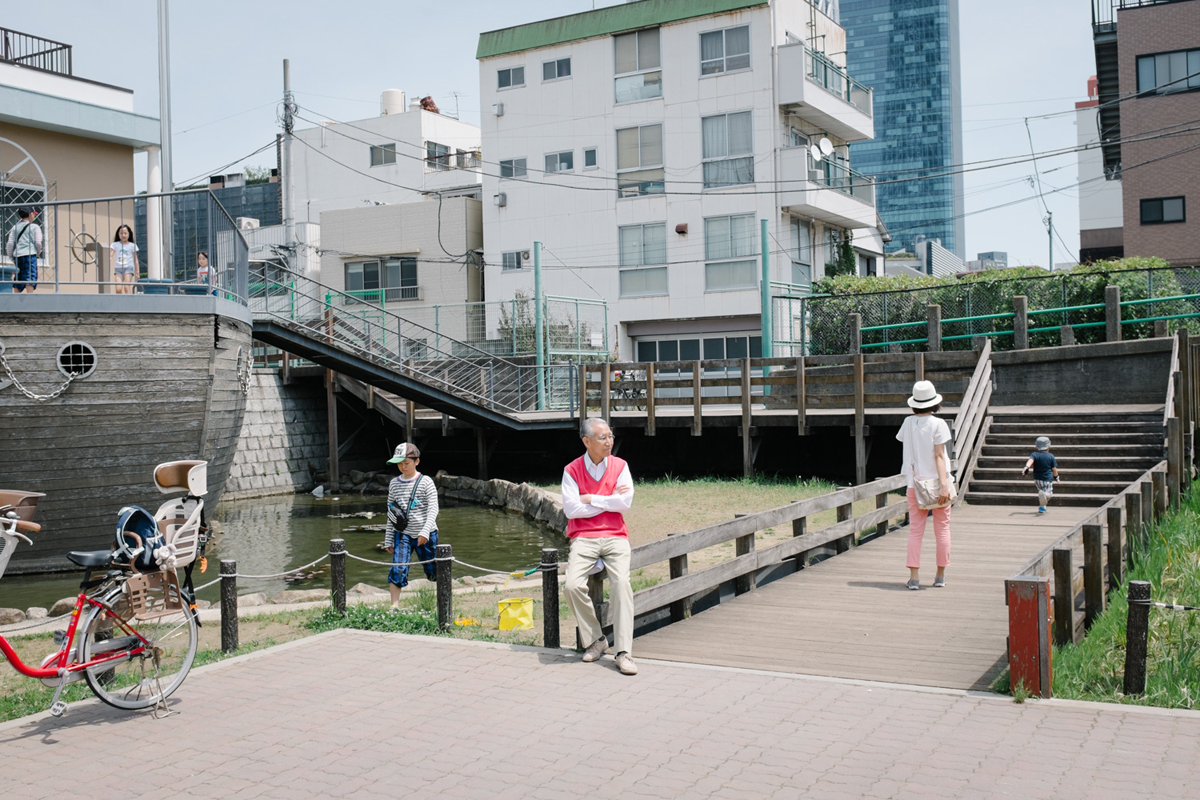
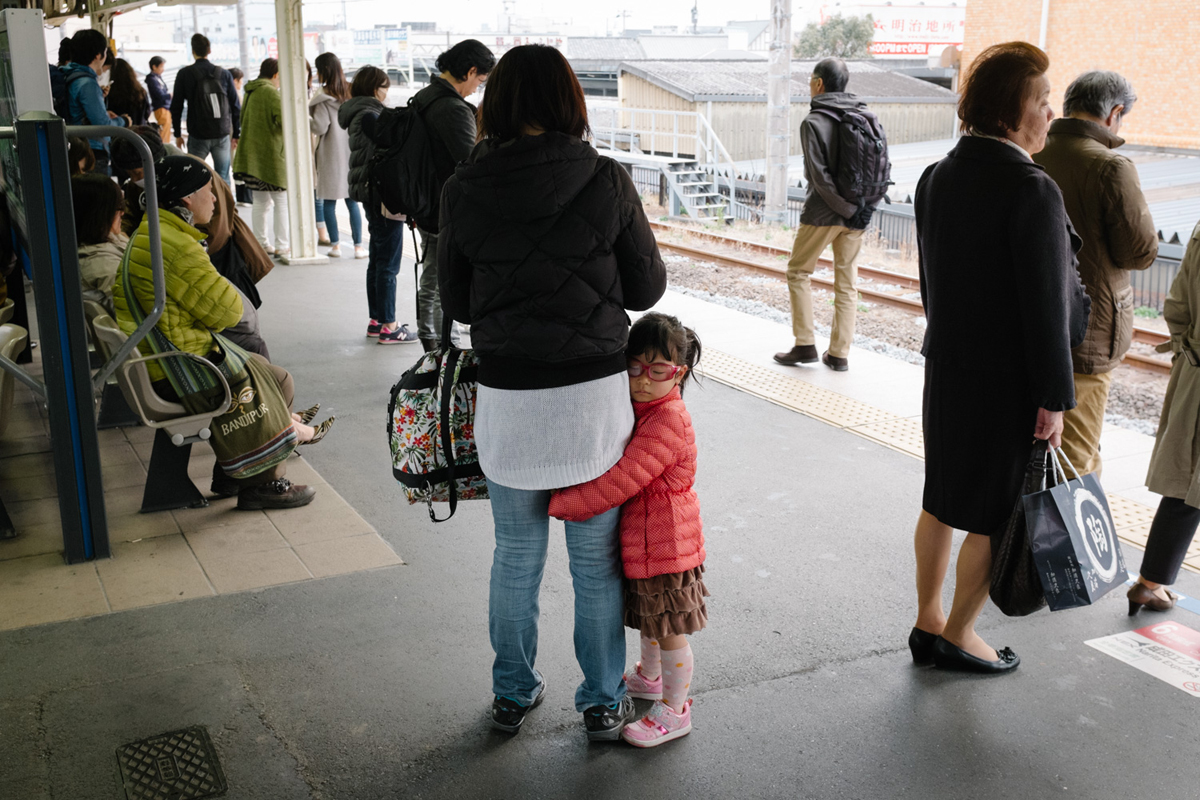

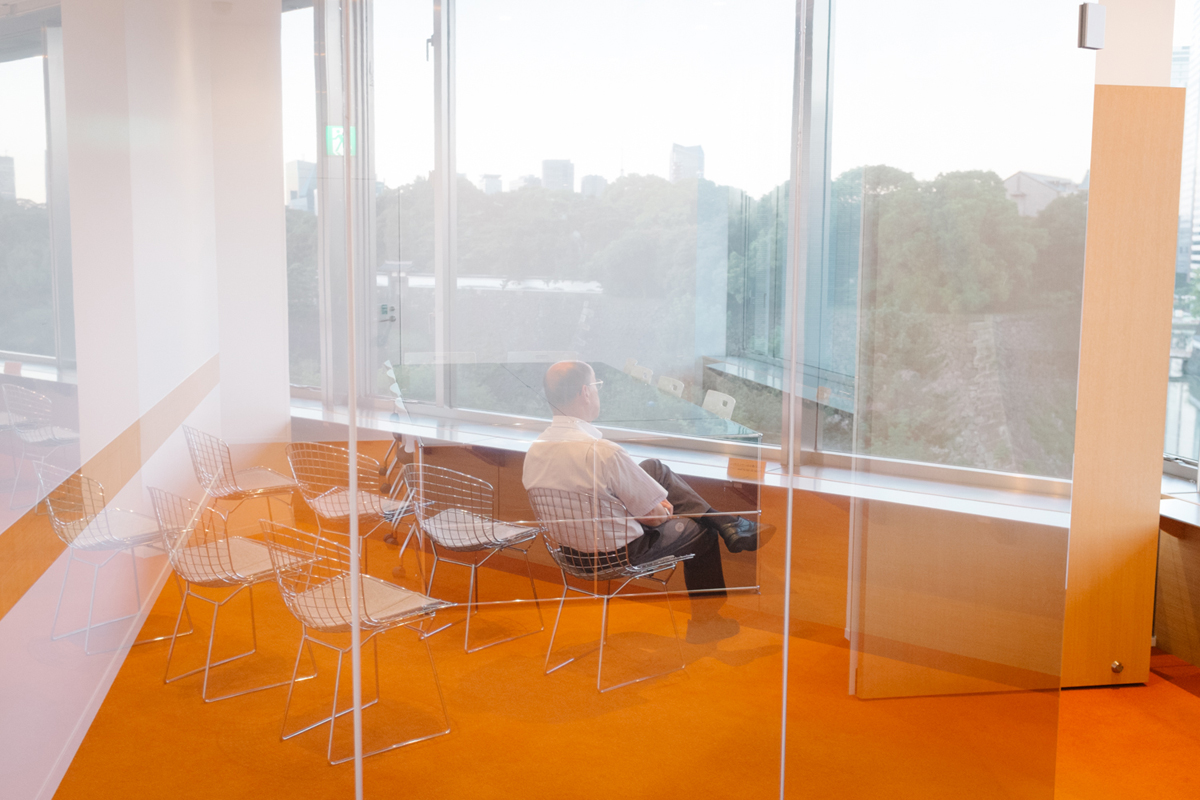
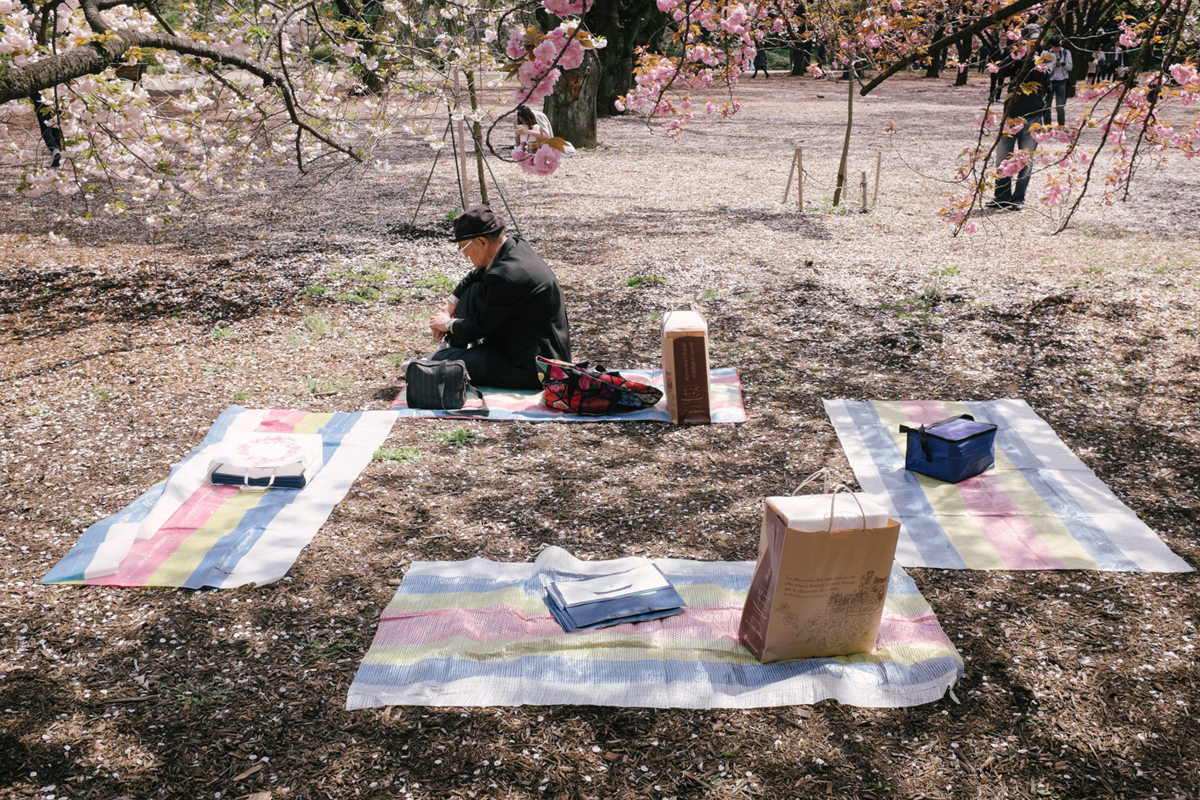
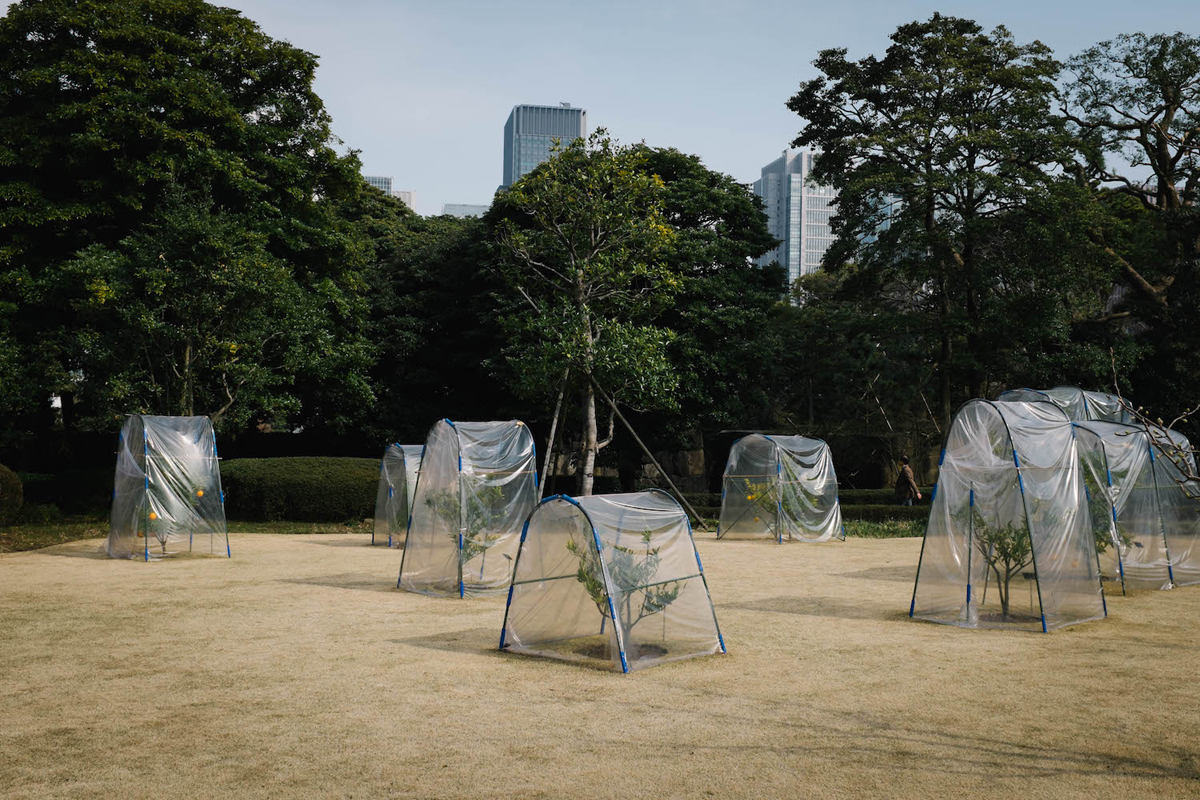
In one interview I said: “I think that humans are lonely until they die.” What happens next? Do you know a movie called Pulse by Kiyoshi Kurosawa? In this movie, after death there is only ‘emptiness’. There is neither heaven nor hell, nor reincarnation after death, and it is very scary that there is only consciousness that travels in the dark emptiness. In this way the world after death is unknown for living people. So, I think that fear of death makes people create images of after death. But this movie is about how emptiness and the real world are connecting gradually. Therefore, it’s more important to think about what is present in front of you and you feeling about the living ones, the born ones, and the lost ones.
